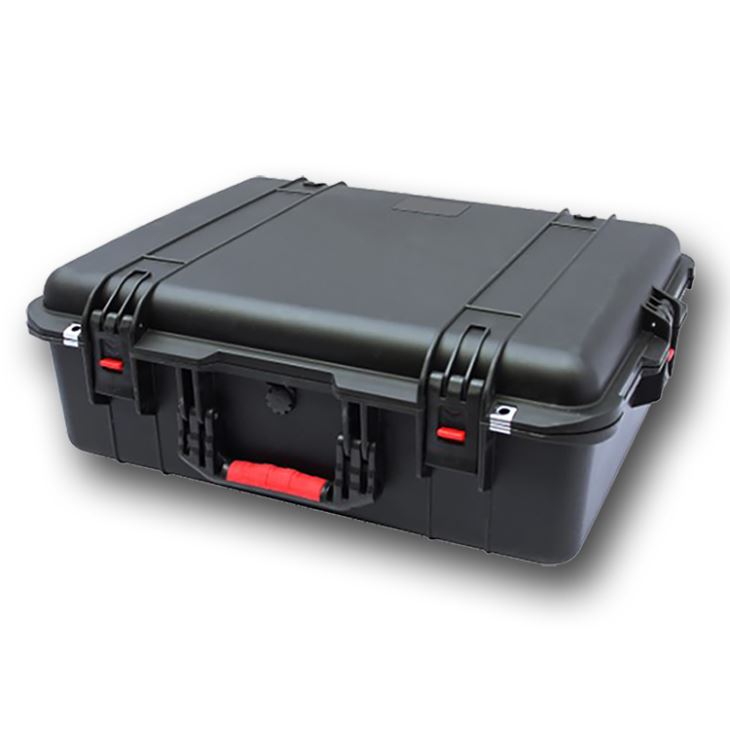Considerations associated with waterproof cases
2024-01-04
A waterproof case is a protective enclosure designed to prevent water from entering and damaging the contents inside. These cases are commonly used to safeguard electronic devices, valuables, or equipment from water, moisture, dust, and other environmental elements. Waterproof cases are essential for activities such as water sports, outdoor adventures, or any situation where exposure to water or adverse weather conditions is likely.
Here are key features and considerations associated with waterproof cases:
1. Material:
- Waterproof cases are typically constructed from materials that provide a watertight seal. Common materials include plastic polymers, thermoplastic elastomers (TPE), rubber, or even metals with proper gaskets and seals.
2. Seals and Gaskets:
- The effectiveness of a waterproof case is often dependent on the quality of its seals and gaskets. These components create a barrier to prevent water, dust, and debris from entering the case. Common sealing methods include O-rings, gasket seals, and compression seals.
3. IP Rating:
- The International Protection (IP) rating system is used to indicate the level of protection a case offers against intrusion of solids and liquids. A waterproof case typically has a specific IP rating, such as IP67, where the first digit represents protection against solids, and the second digit represents protection against liquids.
4. Buoyancy:
- Some waterproof cases are designed to be buoyant, allowing them to float on water. This feature is particularly useful for water activities where there is a risk of the case being dropped into the water.
5. Latch or Closure Mechanism:
- The closure mechanism of a waterproof case is crucial for maintaining a watertight seal. Common closure mechanisms include latches, clasps, or screw-down lids. These mechanisms ensure that the case remains securely closed, even under water pressure.
6. Transparent Windows:
- Many waterproof cases feature transparent windows or screens that allow users to operate touchscreen devices or view indicators without removing the device from the case.
7. Custom Foam Inserts:
- To provide additional protection against impact, some waterproof cases come with customizable foam inserts. These inserts can be shaped to fit the specific contours of the items being protected.
8. Port Access:
- Waterproof cases often have sealed ports or pass-throughs that allow users to access charging ports, buttons, or other features of the enclosed device without compromising the case's waterproof integrity.
9. Size and Dimensions:
- Waterproof cases come in various sizes and dimensions to accommodate different devices or objects. It's important to choose a case that fits the item snugly to ensure proper protection.
10. Application-Specific Features:
- Depending on the intended use, waterproof cases may include additional features such as pressure equalization valves, anti-fogging systems, or compatibility with accessories like straps or mounts.
11. Durability:
- Waterproof cases are often designed to be rugged and durable, capable of withstanding impact, drops, and other rough handling in addition to providing water resistance.
Waterproof cases find applications in a wide range of industries, including marine activities, outdoor recreation, photography, electronics, and industrial settings where protection against water and environmental factors is critical.



